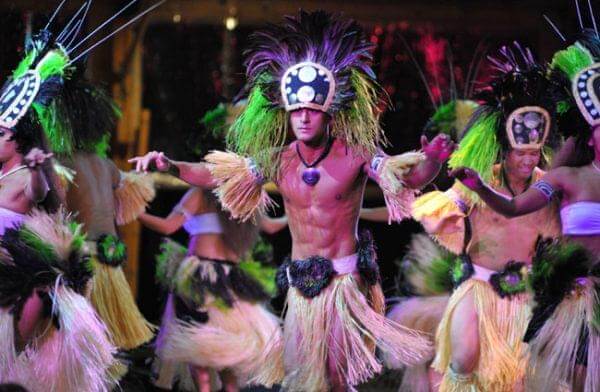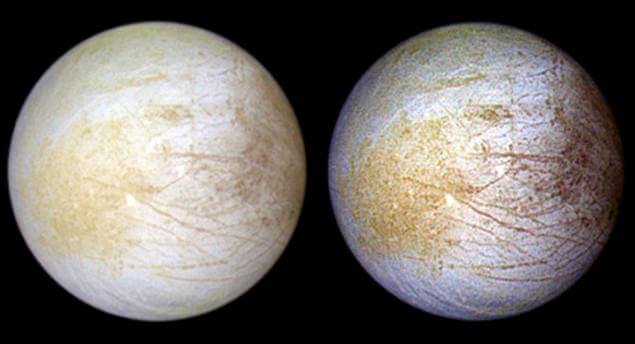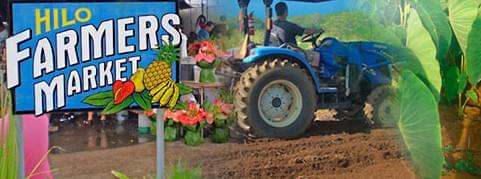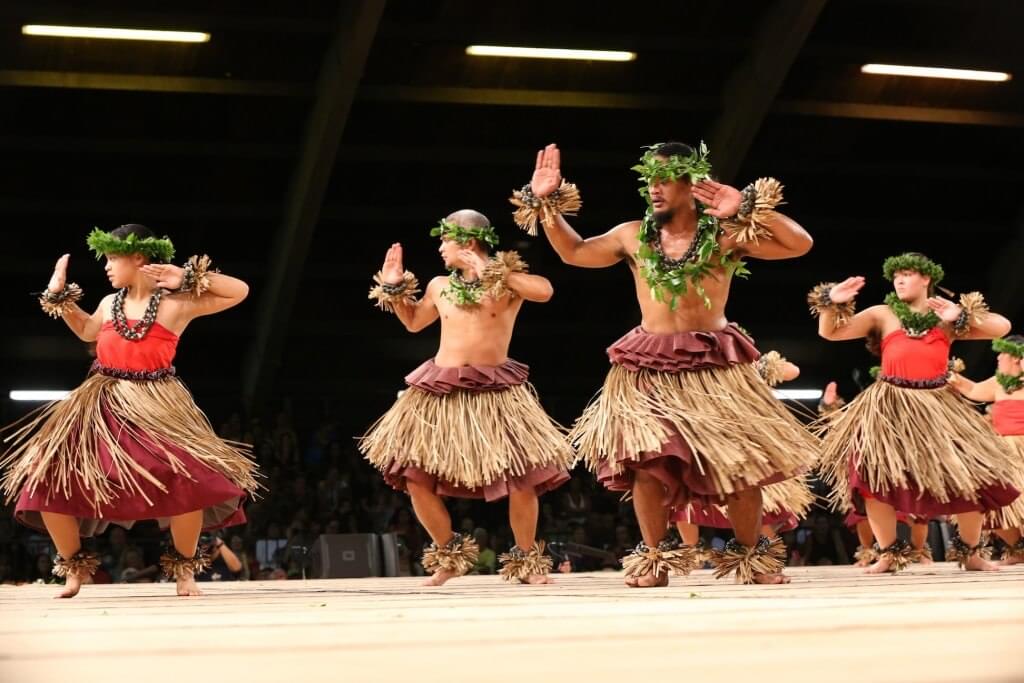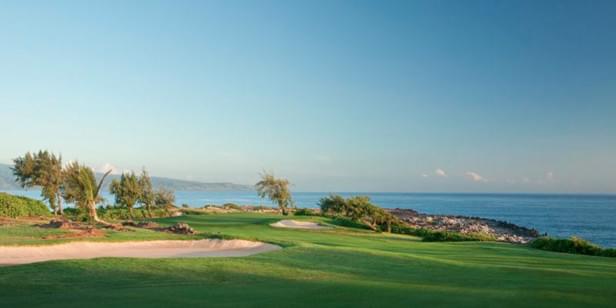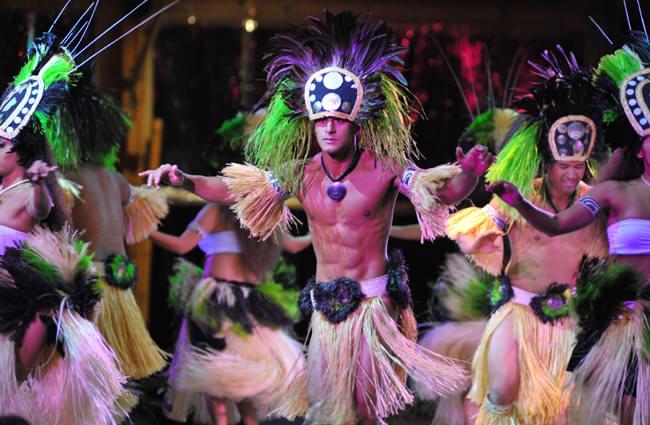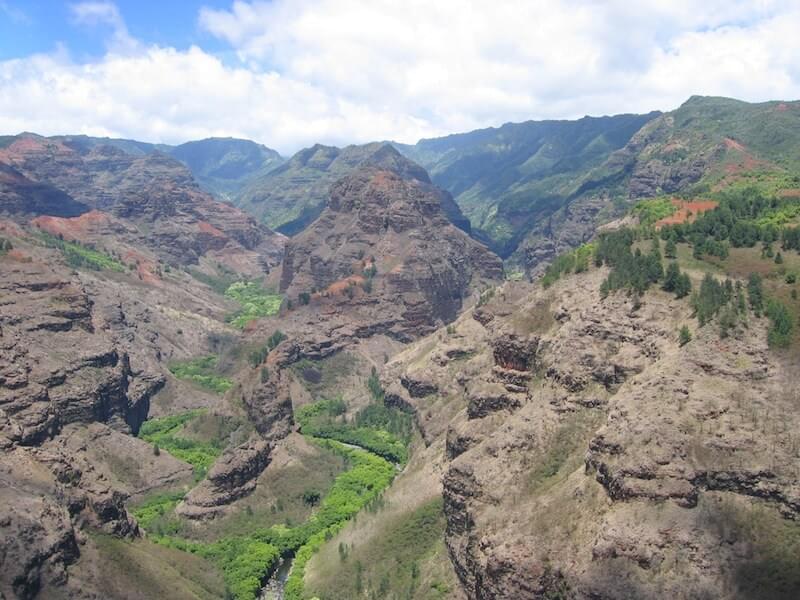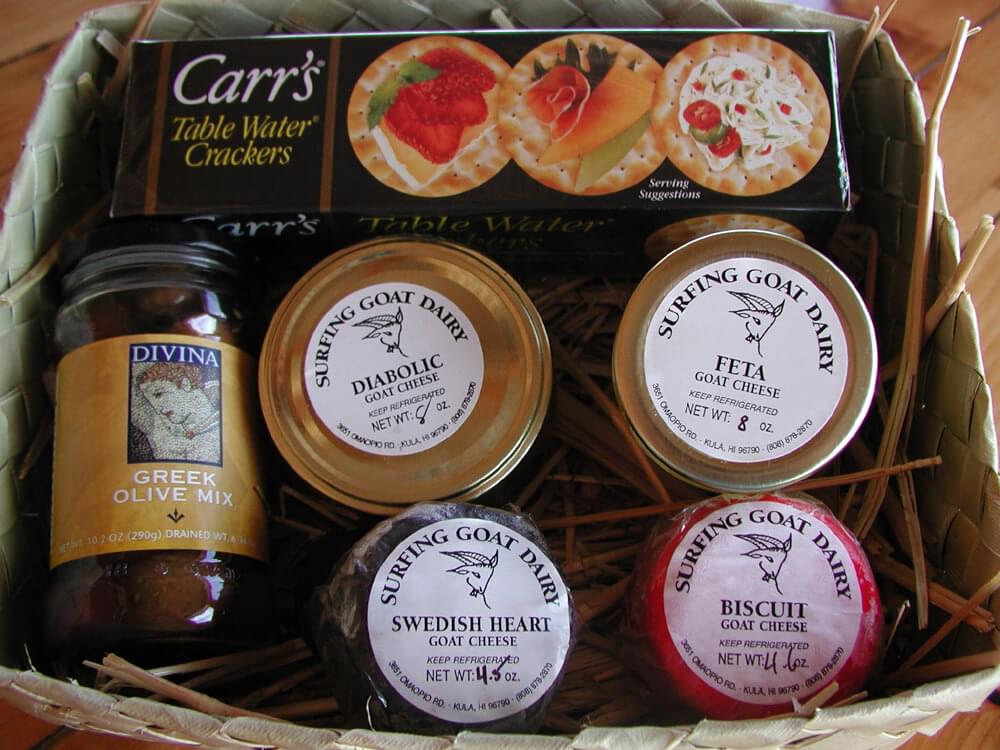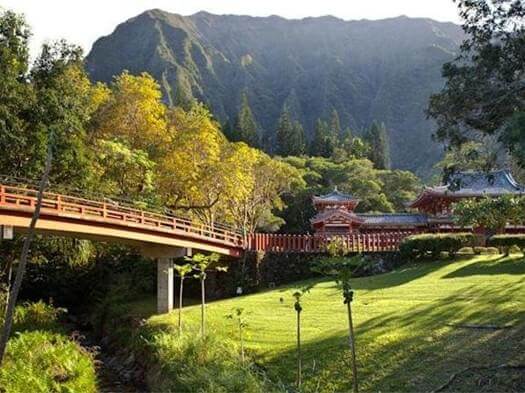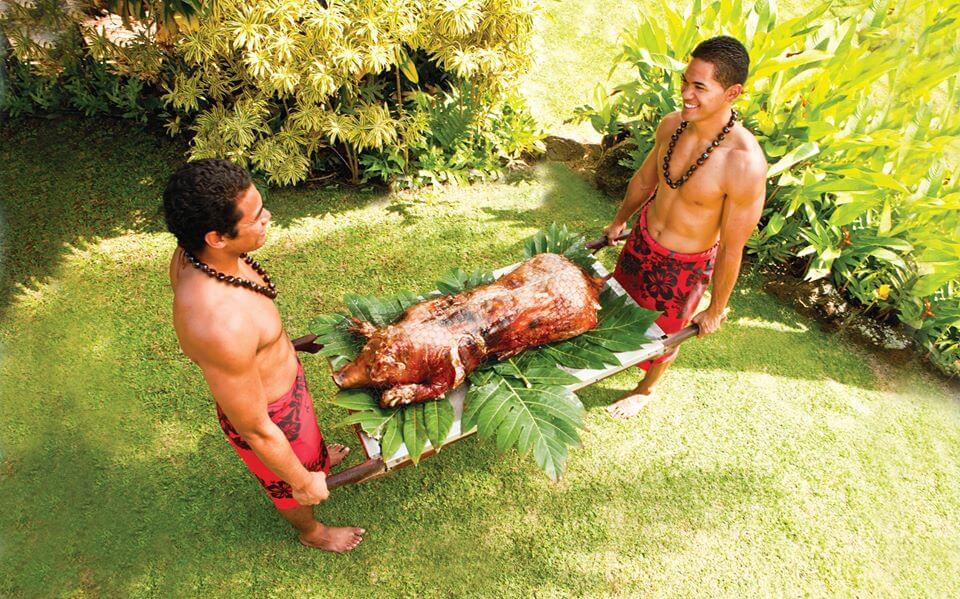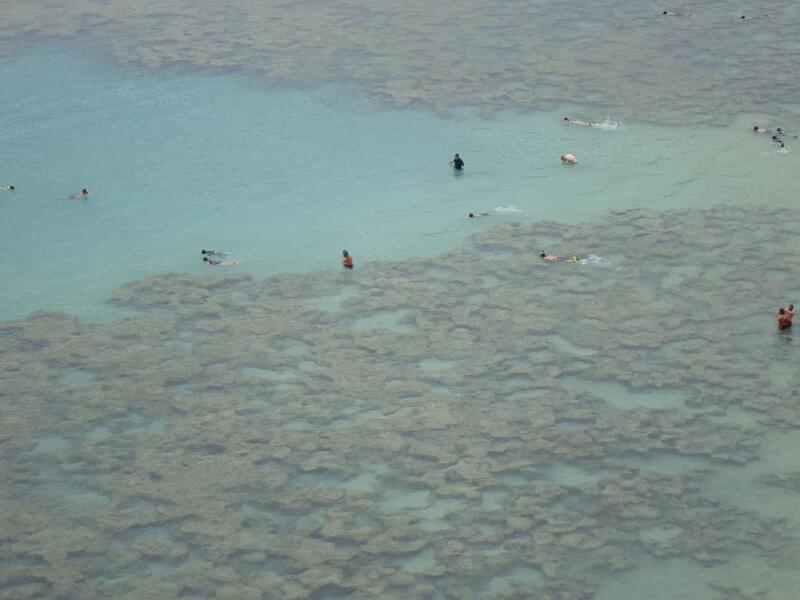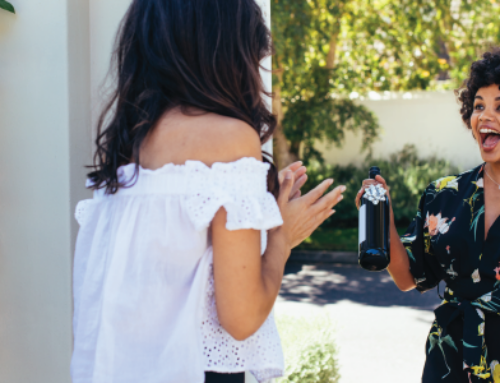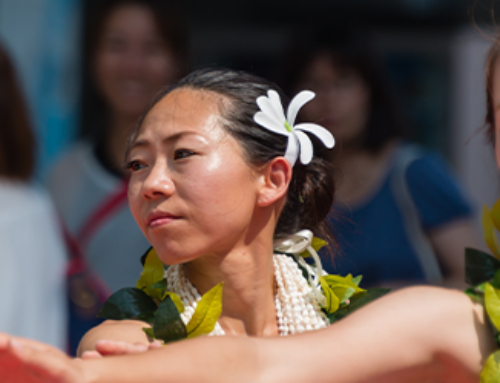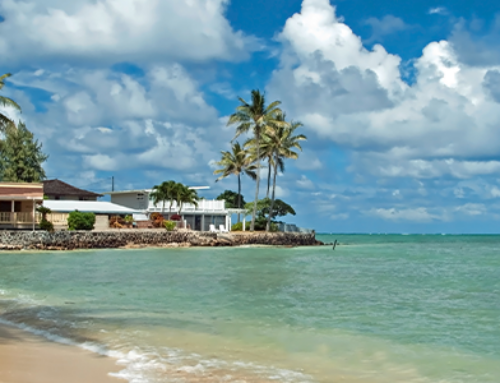We all know that Hawaii is one of the most beautiful destinations in the world, but lesser known are the many great experiences and amazing things to do in Hawaii. With 30 years of expertise in moving people to Hawaii, as well as a presence on all of the major Hawaiian Islands, the team at Royal Hawaiian Movers thought it would be nice to share some local insight on the best Hawaiian experiences you can enjoy after you arrive. No matter if you’re on the Big Island of Hawaii, Kauai, Maui or Oahu, we have fun things for you to do in Hawaii. Here are fifteen you definitely won’t want to miss!
THE BIG ISLAND OF HAWAII
Image: http://www.keckobservatory.org
The Keck Observatory. Located at the 14,000-foot summit of Mauna Kea – a dormant volcano in the town of Waimea on the Big Island, the Keck Observatory will literally take you above the clouds.
The twin Keck telescopes are the world’s largest optical and infrared telescopes. Although visitors are not allowed inside, there is a visitor’s gallery at the observatory with exhibits that describe the research and operations conducted there. Our favorite part: in the evening you can watch the sun set to the west, turn around, and witness a giant moon rise to the east. It’s awesome in every sense of the word.
Fair warning: the trip up the mountain is not for the faint of heart. The drive up the rugged terrain requires a 4-wheel vehicle, temperatures up top can fall to 20 degrees Fahrenheit, and winds can reach 150 mph. However, even those with a fear of heights and sensitivity to temperature attest that the trek to the summit is well worth the effort.
For those who are not up for the journey, no worries: you can still experience the stars. The Maunakea Visitor Center located just before the summit access road (but still 9,200 feet up the mountain) offers education on the culture, astronomy and natural history of this sacred Hawaiian place. Astronomy enthusiasts regularly bring their telescopes up at night to share with others. It’s a perfect spot to gaze at a clear, star-filled night sky and see other planets in our solar system.
Image: http://www.hilofarmersmarket.com
Hilo Farmer’s Market. Submerge yourself into the heart of Hawaii’s amazing cultural diversity at Hilo’s Farmer’s Market on the Big Island. Named one of the best of the Islands, this open-air market offers shoppers a wide range of tasty and affordable local cuisine and hand-crafted goods, perfect for gifting or to give your home some of that great Hawaiian flair.
You can buy a vast array of Hawaiian delicacies ranging from locally-grown exotic produce like the magenta-colored dragon fruit and sweet & juicy strawberry papaya, macadamia nuts, and island herbs, jams, and jellies. The market also hosts a variety of food stalls that offer prepared delights like Korean Kimchi, Filipino lumpia (fritters), and Hawaiian poi for you to enjoy as you shop.
Food is only part of the fun at the Hilo Farmers Market. Buckets of stunning local flora, including orchids and anthuriums, line the walkways. Leis, local fashions, wind chimes, and koa wood treasures fill the craft section.
The full-fledged market is open year round every Wednesday and Saturday, but some of the 200+ vendors are around almost every day of the week. Make sure to arrive early to get the best selection. This popular spot gets busy!
Image: http://www.merriemonarch.com/
Merrie Monarch Festival. Each Spring Hilo hosts a week-long cultural event known as the Merrie Monarch Festival to honor King David Kalakaua, who was known as the “Merrie Monarch” for this patronage of the arts and his efforts to restore Hawaiian cultural traditions during his reign from 1874 to 1891. The festival first began in the 1960s as a way to invigorate tourism to the Island of Hawaii, and since then has brought about what many deem a renaissance of Hawaiian culture. It hosts various hula competitions including Miss Hula Hawaii and the popular Ho’ike Night, an arts and crafts fair, and a Royal Parade. Though most activities are free to the public, tickets are required to attend the three-day hula competition.
If you choose to attend, not only will you have the opportunity to soak in Hawaii’s amazing culture, but you’ll help support your new community. In its aim to contribute to the well-being of Hawaii, all proceeds directly support scholarships and other educational efforts.
KAUAI
Image: http://dlnr.hawaii.gov/
Na Pali Coast State Park. If you like to camp, hike, snorkel, kayak, or paddleboard, the Na Pali Coast state park on Kauai, Hawaii’s longest inhabited island, is a great spot for outdoor activities.
The park is a key piece of Hawaiian history. Polynesian navigators first settled on the Na Pali Coast circa 1200 AD. Tahitian migrants followed shortly thereafter, which helped to shape the culture you see today in Kauai and on the other Hawaiian Islands. Back in the day, the coast was a central trade hub between Waimea, Ni’ihau, and Hanalei, and branched out to nearby Island colonies.
While at the park, you can hike to the ruins of an 800-year-old Hawaiian fishing village, float along aquamarine waters, enter sea caves by raft (weather permitting), and explore the same thriving reef ecosystem that supported the ancient Hawaiians.
The Na Pali (translation: “high cliffs”) along the fifteen-mile coastline reach as high as 4,000 feet above the Pacific Ocean. The sheer cliffs make it difficult to access much of the coast, but because of its remote location, Na Pali remains of the most beautiful and pristine coastlines in the world.
Sailing, rafting, and hiking are a great way to experience the myriad of its natural wonders, but the rugged hike is strenuous, and weather can affect travel. If you choose to explore by foot, make sure to take extra safety precautions. Hydration is critical. The sun is strong, so bring a hat and wear plenty of sunscreen. Also, there is no potable water on the Island, so make sure to pack a water bottle. You may even want to bring a portable filtration system. The terrain can also be muddy, so we suggest wearing shoes that grip and fit well.
If the foot trek seems too foreboding, boat tours are available. These tours are the easiest way to experience the majestic coast.
Image: http://luaukalamaku.com
Luau Kalamuaku at Kilohana Plantation. Experience an authentic luau on the historic sugar plantation at the Kiloihana estates on the beautiful Garden Isle of Kauai. The luau is held every Tuesday and Friday throughout the entire year.
There are three ticket options you can purchase to enjoy a night filled with fire dancers, graceful hula, and delicious food: The traditional Hawaiian luau buffet package, The Plantation Owners Evening complete with a gourmet dinner, and the Theatrical Luau Show. If you arrive early, you can wander the tropical plantation grounds and watch cultural demonstrations. The Luau Kalamuaku is a great way to experience one of Hawaii’s favorite traditions.
Image: http://dlnr.hawaii.gov
Waimea Canyon State Park. Take a scenic trip around Waimea Canyon State Park, a place Mark Twain dubbed “The Grand Canyon of the Pacific.” The erosion and collapse of the volcano that created Kauai formed this nearly 10-mile long by 3,000-foot deep canyon on the West Side of the Island. The park in Waimea (Hawaiian for “reddish water” – a reference to the canyon’s red-colored soil) is now a popular tourist attraction. It makes for great hiking, and offers breathtaking views of the multi-colored chasm, as well as miles of beautiful vistas.
At the park (and in the surrounding areas of Waimea), you’ll be able witness a number of spectacular waterfalls, tour the historic Koloa, see the birthplace of Hawaiian sugar, and check out the Spouting Horn blowhole at Poipu Beach on Kauai’s south shore. There is also seasonal trout fishing and seasonal pig and goat hunting nearby.
If you go by foot, make sure to bring weather gear: the summit is renowned as one of the wettest spots on earth. Helicopter tours are also available if you prefer a birds-eye view.
The cost to hike the park is $1, or $5 if you take the driving tour. The Waimea Canyon State Park can be accessed from Hawaii State Road 550. The best viewing times for the gorge are in the morning before crowds descend around midday. By all accounts, this is a must-experience excursion if you’re in Kauai.
MAUI
Image: http://www.surfinggoatdairy.com/
Surfing Goat Dairy. Despite not being on Maui’s magnificent coast, Surfing Goat Dairy in Kula still knows how to hang ten: goats on surfboards! This one of a kind farm and top agricultural tourism destination is a fun experience for the whole family. Tours of the operation are affordable and include options to feed and milk a goat, witness the cheese making process, and then sample most of the addictive cheese produced there. Be sure to try the delicious MacGoat Nut cheese. Yum!
Image: http://www.nps.gov/
Haleakala Crater. Haleakala, a.k.a. the East Maui Volcano, forms more than 75% of the Island, and the crater there is the most popular attraction in Upcountry. The landscape’s stunning sunrises, mesmerizing panoramic views, and flora and fauna that exist nowhere else on the planet, make it a wonderful place to experience the many natural wonders that Maui has to offer.
Haleakala, meaning “house of the sun,” is central to Maui’s history. According to Hawaiian legend, the goddess Hina complained to her son Maui that the sun moved across the sky too quickly, preventing her tapa cloth from drying. Maui went out the following morning to the of the Haleakala mountain to before the sun awoke. As the sun arose, he lassoed him in, and compelled him to pass over the sky much more slowly. Now you know: we can thank Maui for Hawaii’s beautiful, long, sunny days!
Make sure to bring lots of protective gear when you go. The sun’s rays can be harsh and hot during the day, and overnight temperatures can drop below freezing. If you get there early to watch the sunrise, make sure to bring layers and have plenty of water and sun protection on hand for later in the day.
A few other key things to know about the hike: the high altitude means low air pressure, so make sure to acclimate during your trek. Lastly, the trek in is much easier than the journey back, which can take twice as long. Be sure to plan your visit accordingly.
Image: http://www.golfatkapalua.com
Kapalua Golf. If you’re a golf enthusiast, the courses at Kapalua Golf in Lahaina are regarded as two of the most majestic in the world. Go play a round of 5-star golf at the world-ranked Plantation and Bay courses, where you will also enjoy the beautiful views of Maui’s West coast. If you are new to the sport or just looking to improve, Kapalua Golf also offers courses in the to help refine your skills. In January you can rub elbows with golf’s elite professionals at the PGA’s Annual Hyundai Tournament of Champions at the Plantation Course, listed as the Best Golf Course in Hawaii by Golf Digest magazine.
OAHU
Image: http://www.valley-of-the-temples.com/
Valley of the Temple. If you need some Zen in your life, the Valley of the Temple Memorial Park is a great place to find it.
Nestled at the foot of the Ko’oalu mountains in the town of Kane’ohe on Oahu, this holy sanctuary offers visitors of all faiths a lush paradise to worship, meditate or simply enjoy the beauty of the landscape.
While at the state park, you are welcomed to walk through an oasis filled with wild peacocks, black swans, turtles, and frogs who wander the grounds freely, feed the hundreds of Japanese Koi swimming in the reflection pond, and visit the cemetery where thousands of Buddhist, Shinto, Protestant and Catholic Hawaiian residents have been laid to rest.
The park also houses a smaller-scale replica of the thousand-year-old Byodo-In Temple in Japan. The Hawaiian temple was established in 1968 to commemorate the 100 year anniversary of the first Japanese immigrants to the Islands.
Before entering the iconic temple, make sure to ring the five foot high Bon-Sho (Sacred Bell). The resonant sound creates an atmosphere of tranquility for meditation, which is said to help purify the mind of evil spirits and temptation, as well as bring happiness, blessings and longevity into your life.
If you have déjà vu while visiting, it might not be divine intervention. Although the Valley of the Temple Memorial Park is one of Hawaii’s best kept secrets, you may recognize it from many popular television shows including Lost, Hawaii Five-O, and Magnum P.I.
Image: Kelvin Lu
Makapuu Lighthouse. The Makapuu Point Light is rich in history and spectacular views. Located on the eastern most point of Oahu sits this shining beacon built in 1909 on a 660-foot sea cliff that overlooks Makapuu Beach, one of the best spots for body surfing and sea life viewing, including humpback whales!
In the late 19th century, the point was of vital importance to maritime commerce, but lacked a much-needed navigational aid to guide marine traffic into its port. At this time, Hawaii was in the process of annexation, which spear-rocketed shipping interests to build a light source at the point. The lens was outsourced to a British firm, and although construction was not authorized until the early 1900s, the project help to propel scientific progress in the field. At the 1893 Chicago World’s Fair, the United States Lighthouse Board proudly displayed the unprecedentedly large optical design and engineering marvel. To this day, the Mapauu lighthouse still boasts the largest lens of any in the United States.
The family-friendly two-mile hike to the historic landmark has been one of the most popular on the Island of Oahu, but for safety reasons, had to be shut down for paving and installation of handrails. Luckily, it recently reopened to a delighted public, who were happy to see major improvements to the safety of the trek.
We highly suggest you take the trip out to witness the stunning views of the beach, the horizon, and the neighbor islands of Molokai and Lanai. While you’re there, you’ll also be taking a trip through some important Hawaiian history. Be sure to wear plenty of sunscreen and arrive early in the morning before it gets too warm; there are no trees or other types of shady cover along the way.
Image: http://www.polynesia.com/
Polynesian Cultural Center. Discover all things Polynesian at the Polynesian Cultural Center (PPC) located in Laie on the northern shore of Oahu. During your visit to this Polynesian theme park and living museum, you can traverse the eight simulated tropical villages where performers will demonstrate a variety of arts and crafts from throughout the region.
You’ll also have the opportunity to enjoy traditional dancing, savor regional cuisine, and learn about many different Pacific cultures including Fiji, Samoa, Tahiti, and, of course, Hawaii. Word to the wise: don’t forget to check out the cooking demonstrations, tiki carving, and canoe tours!
Founded in 1963 to provide employment and scholarship opportunities to students at Brigham Young University – Hawaii, and to preserve Polynesian cultures, the PCC is one of the most frequented tourist destinations in Hawaii. In fact, it’s the venue that hosts the annual World Fire Knife Dance Competition, a traditional Samoan tournament where contestants show off their skills with blazing swords. If you’re in the area in May, be sure to be there.
Image: http://hanaumabaystatepark.com/
Hanauma Bay. Said by many to be the ‘Best Snorkeling in Hawaii’, Hanauma Bay is a vast marine life conservation area and underwater park. The Bay, known for it’s plethora of fish and diverse ecosystem is a ‘must see’ destination for visitors of all ages.
Please keep in mind the park is closed every Tuesday to allow the fish one full day of undisturbed rest. Typically, the park is open from 6AM to 6PM daily, excluding Christmas and New Years Day. Hanauma Bay has an entry rate of $7.50 for the day, not including shuttles or gear rental. If this is your first visit to the park you will be required to watch a short informational video covering safety and marine preservation rules.
ENJOY ANYWHERE
Shave ice or ‘snow’. This popular local treat is a tasty way to cool down during a hot day at one of Hawaii’s gorgeous beaches… or at any time, really. No excuses required.
Despite being made of shaved ice, these refreshing snacks are referred to as ‘shave ice’ in Hawaii, or ‘ice shave’ if you’re on the Big Island. They are made by drizzling a variety of flavored syrups over a cone of ice. Traditionally, a scoop of vanilla ice cream and/or azuki bean paste is placed the bottom, adding to the deliciousness of this dessert.
You may also want to add a splash of sweetened condensed milk on top. This style is known as a ‘snow cap,’ a style popular on the North Shore of Oahu, as well as on Maui and the Big Island, where it’s called ‘Japanese style.’
Similar to shaved ice, shaved ‘snow’ is made from frozen yogurt, and is equally yummy! Choose from a wide selection of tasty local flavors ranging from pineapple, coconut, lychee, guava, and Mango, and more.
Nomnomnom.
Kamehameda Day. On June 11 each year, you can join in the celebration of Kamehameha Day, a day that honors Kamehameha the Great, the monarch who first established the unified Kingdom of Hawaii. The holiday was established in the late 19th century, and at the time featured carnivals, fairs, and races. Today, Kamehameha Day is treated with elaborate events observing ancient Hawaiian cultural traditions. In fact, Hula groups from all over the world travel to the Neil S. Blaisdell Center just to attend the two-day event.
No matter where you are, there are many opportunities to enjoy the floral parade. They are held at various locations across the state, including Honolulu on Oahu and Hawi/Kapa’au and Hilo on the Big Island. The procession features marching bands (including the oldest municipal band in the United States: the Royal Hawaiian Band) and artistically designed flowers and plants sponsored by local companies. The best part? Many say it’s the traditional royal pa’u riders: wahine (Hawaiian for ‘women’) of horseback riders who wear flowing, colorful skirts (a.k.a. pa’u).
After the parade the state of Hawaii celebrates a Ho’olaule’a, literally meaning a celebration, or block party with food, music, and cultural exhibitions like arts and crafts, games, sports and other exciting events. On the Big Island, there is also a lei draping ceremony in Kapaau where the statue of King Kamehameha is located. The ceremony is regarded as the most important ritual of the holiday. A similar draping ceremony is held on the Mainland at the U.S. Capital where the Kamehamea Statue there is adorned with a lei in the presence of federal officials. It’s kind of a big deal.
For more insight on great things to do in Hawaii, feel free to stop on by one of our local offices on the Big Island (Hilo and Kona), Maui, Kauai, and Oahu. Not only are we experts in Hawaiian moving, but we’re experts on the best things to do in Hawaii!
